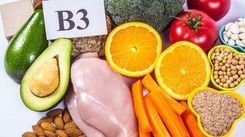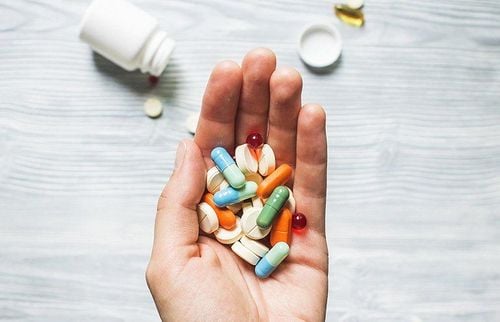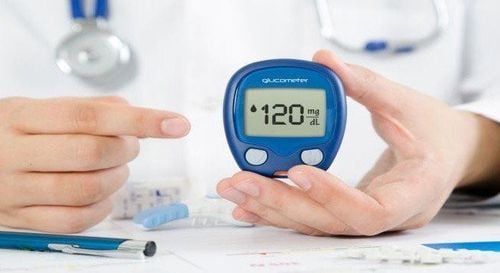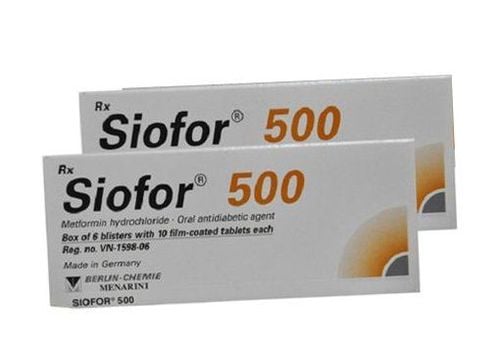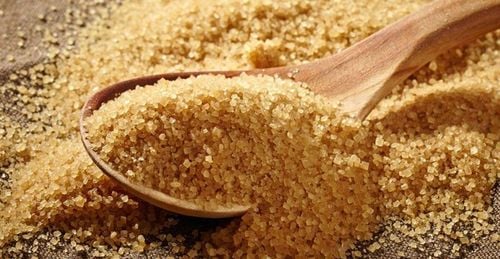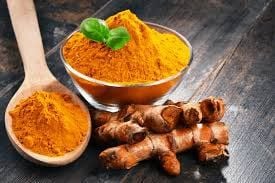During the autumn and early winter period, pumpkins are often a very popular food. Pumpkins not only have a bright color but are also known for their delicious taste due to their natural sweetness and high nutritional content. However, many people may wonder if pumpkins are suitable if you have diabetes.
1.Nutritional value
Pumpkins are a low-calorie food but contain many nutrients that support overall health and balance blood sugar levels.
A 120-gram serving of cooked pumpkin contains:
- Calories: 50
- Protein: 2 gram
- Fat: 0 gram
- Carbodyhrates: 11 gram
- Fiber: 3 gram
- Sugar: 4 gram
- Calcium: 4% of the daily value(DV)
- Iron: 4% of DV
- Vitamin C: 8% of DV
- Vitamin A: 280% of the DV
Fiber plays a beneficial role in controlling blood sugar levels, and eating fiber-rich foods has been shown to improve blood sugar control. Half a cup (120 grams) of pumpkin contains 12% of the DV for fiber.

2. Effect of Pumpkin on Blood Sugar Levels
Glycemic Load (GL) is a way to rank carbohydrate-rich foods. This index indicates the amount of carbs in a serving of food and the extent to which a food can affect blood sugar levels on a scale of 0 to 10.
Meanwhile, the Glycemic Index (GI) is a scale from 0 to 100 that indicates how much a food can cause a spike in blood sugar levels. The higher the index, the more a food can cause a significant spike in blood sugar levels.
Pumpkin has a high GI of 75 but a low GL of 3.
This suggests that consuming pumpkin means that if you eat a small portion of pumpkin, its effect on blood sugar levels is negligible.
Trắc nghiệm dành riêng cho người mắc đái tháo đường: Chế độ ăn của bạn đã hợp lý chưa?
Người bị bệnh đái tháo đường cần phải quan tâm nhiều hơn đến cách tính toán khẩu phần ăn sao cho phù hợp với nhu cầu và tình trạng sức khỏe. Nếu chưa rõ, bạn có thể tìm hiểu kỹ hơn thông qua bài trắc nghiệm ngắn sau đây.3. Pumpkin and Diabetes
Research shows that pumpkin has many potential benefits specifically for people with diabetes.
An animal study found that compounds in pumpkins reduced the need for insulin in mice by promoting the natural production of insulin in the body.
Another animal study observed that two compounds in pumpkin—trigonelline and nicotinic acid—may help lower blood sugar and prevent diabetes.
Furthermore, in another study in mice with type 2 diabetes, a combination of carbohydrates in pumpkin called polysaccharides and a compound isolated from the Pueraria mirifica plant called puerarin was shown to help control blood sugar levels and insulin sensitivity. Although these results are promising, human studies are needed to confirm these findings.
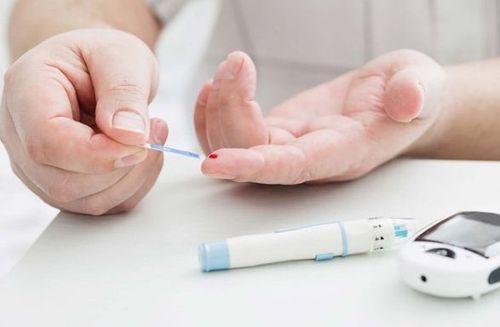
4. How to Add Pumpkin to Your Diet
Some of the most popular ways to enjoy the flavor of pumpkin include drinking pumpkin-flavored beverages, using pumpkin-based baked goods, or pumpkin bread.
However, although these foods contain pumpkin, they also contain many ingredients that are not beneficial for blood sugar control. Pumpkin-flavored drinks and baked goods like pumpkin pie are often made with added sugars and refined grains, both of which have a high GI and provide little nutritional value. These foods do not offer the same health benefits as eating pumpkin in its natural form and can negatively affect blood sugar control.
To arrange an appointment, please call HOTLINE or make your reservation directly HERE. You may also download the MyVinmec app to schedule appointments faster and manage your reservations more conveniently.
Healthline.com Reference Article



